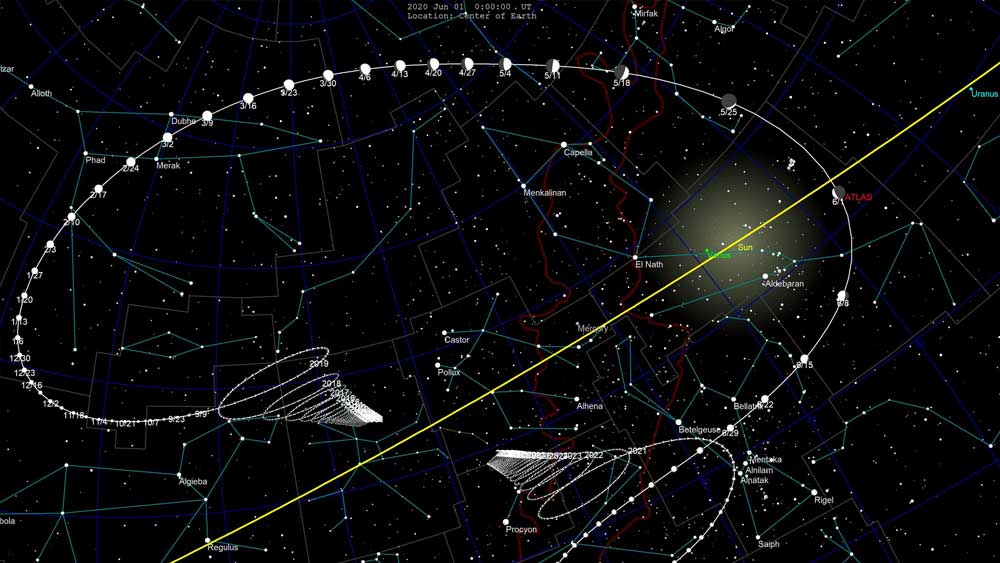
Picture Perfect: A Youthful Saturn
This summer, the Hubble Space Telescope took a brilliant new photograph of Saturn and its rings.1 Saturn’s moons Mimas and Enceladus can also be seen in the photo. For a number of years now, the Hubble Space Telescope has been taking yearly photographs of Saturn at about the time that Earth is closest to the planet, about 840 million miles away.

Perseid Meteor Shower Peaks Next Week
Both amateur and professional stargazers have an opportunity to see a little more of God’s glory revealed in the heavens1 next week. The Perseid meteor shower is probably the best of all the annual meteor showers, and it is scheduled to put on a “peak performance” in the early morning hours of Monday through Wednesday, August 12-13.2

Will Comet SWAN Put on a Celestial Show?
For families seeking worthwhile home-based science activities, Comet SWAN presents another opportunity to do some backyard astronomy and to celebrate God’s celestial handiwork.1,2 For those living under very dark Southern Hemisphere skies, far from city lights, the comet is already visible to the naked eye, though just barely.

Last Supermoon of 2020 This Week
The third and last supermoon of 2020 occurs this week on May 6 and 7.1 For families isolated due to the coronavirus, this is a nice opportunity to do some backyard astronomy and to appreciate God’s celestial handiwork.2

Comet ATLAS: Nighttime Diversion for Isolated Families
For northern-hemisphere families in isolation due to the coronavirus pandemic, a recently discovered comet may provide some needed diversion.1 This comet is dubbed ATLAS after the Hawaiian organization that discovered it: the Asteroid Terrestrial-Impact Last Alert system. The comet is barely bright enough to be seen with binoculars under dark sky conditions.2







